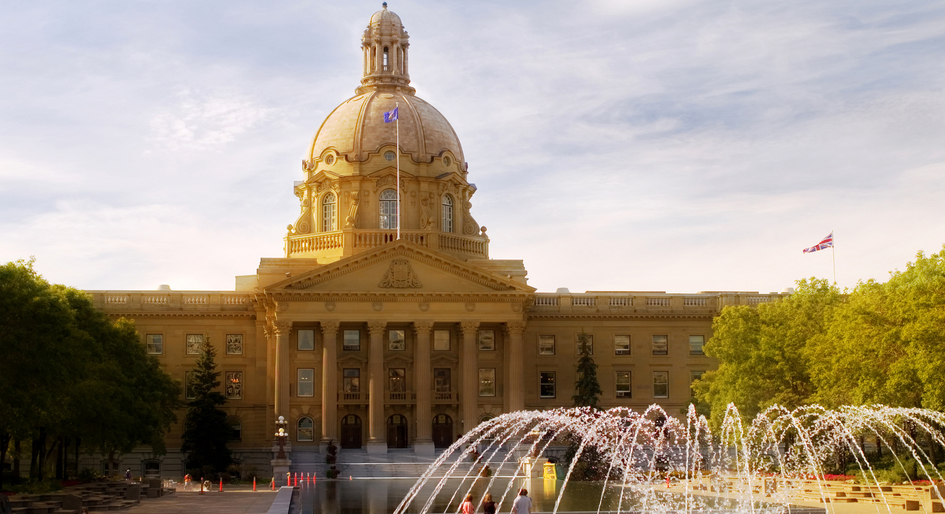The Alberta government plans to centralize capital maintenance and renewal (CMR) budgeting under the provincial Treasury Board’s authority, shifting the function away from individual ministries. The reorganization of responsibilities was announced in the 2020 Alberta budget, released yesterday, and is to be effective for the 2021 budgeting process.
“Treasury Board will determine ministry funding levels based on a government-wide needs assessment and prioritization process,” the budget document states. “This will increase transparency, improve tracking and reporting on CMR effectiveness and ensure government capital assets can be reasonably maintained.”
The government currently estimates it will allocate about $2.7 billion to that asset management over the next three years, equating to about 16 per cent of capital spending. However, year-over-year spending will incrementally drop by 7.7 per cent over the same period, as a $937-million budget for the fiscal year 2020-21 is trimmed to $865-million by 2022-23.
The largest cut is slated for seniors facilities and housing, where the Ministry of Seniors and Housing will invest $52 million in asset upkeep during 2020-21. That’s targeted for a $21 million, or 40 per cent reduction next year, with spending on maintenance and renewal then holding steady at $31 million for the fiscal year 2022-23.
Currently, based on findings from Alberta Infrastructure’s facility condition assessment, which is conducted at five-year intervals, approximately 24 per cent of the seniors’ and affordable housing portfolio is deemed to be in good condition. The largest share — 71 per cent — is rated in fair condition, with the remainder judged to be in poor condition. As outlined in its 2020-23 business plan, the Ministry of Seniors and Housing is targeting a slight improvement over the next three years, which would push 25 per cent of the portfolio into good condition and reduce the share of units in poor condition to 4 per cent by fiscal year 2022-23.
Spending on provincially owned and occupied facilities will drop by 16 per cent, from $81 million to $68 million, over the three-year period, while the budget for maintenance and renewal of roads and bridges shrinks 9.7 per cent, from $411 million to $371 million.
Maintenance and renewal budgets will remain static for health care facilities and post-secondary institutions, while increasing slightly for primary and secondary school facilities. Spending on the latter is expected to nudge up 2.5 per cent — from $119 million in 2020-21 to $122 million in 2021-22 — before inching down again to $121 million in 2022-23.
“A long-term capital maintenance and renewal strategy is needed to ensure that capital assets in operation are most effectively sustained and repaired to generate the most value,” the 2020 budget document maintains. “Effectively regulating, monitoring and responsibly managing the total CMR invested in each asset will directly affect their lifespan.”








